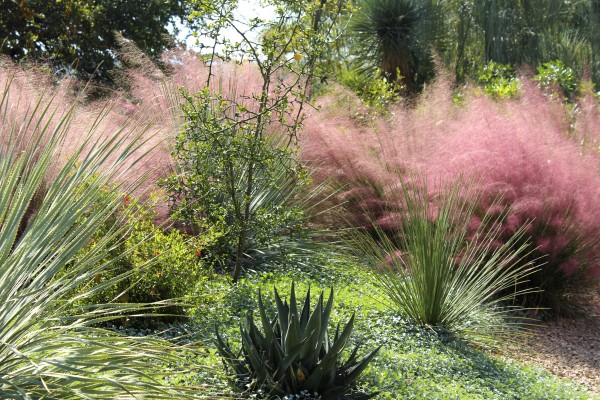Plant trees now for successful growth

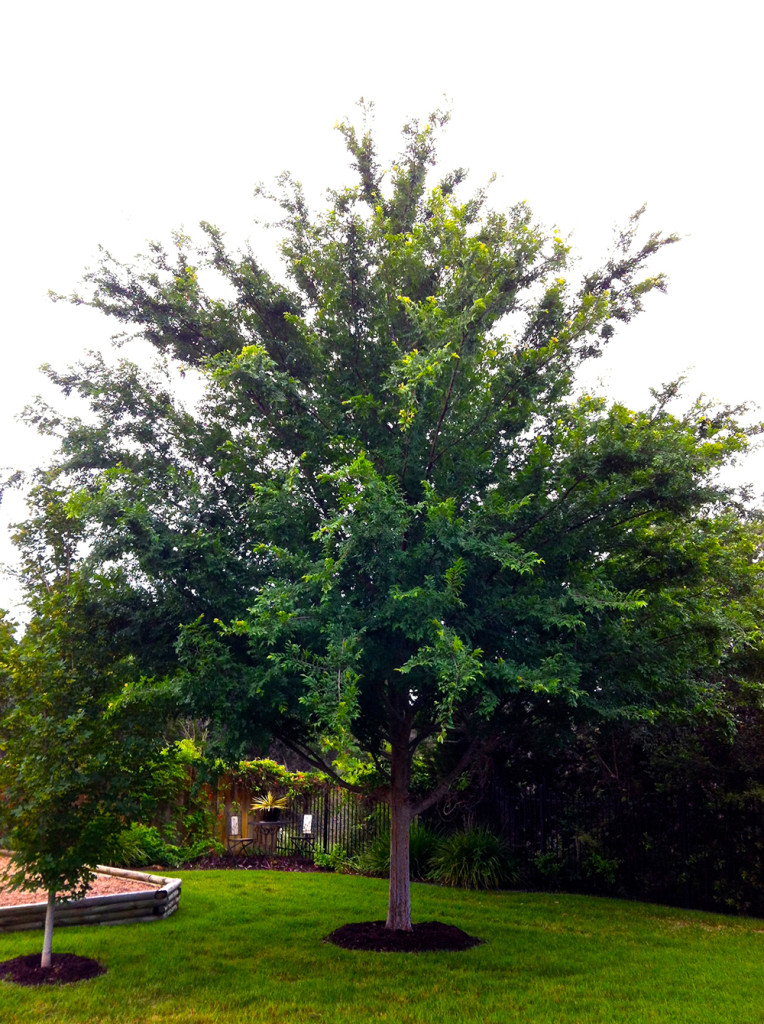
As the nights finally begin to cool, ushering in what we call fall in Central Texas, it’s the right time to begin planting trees. Planting in the fall and winter enables new trees to become established over the dormant cold season – putting their energy into growing strong root systems that will enable them to take up water better and handle the heat of the following summer.
How to plant
It seems so simple: dig a deep hole, shovel a lot of good compost into the bottom and plop in the tree, right? Wrong. Many well-intentioned homeowners inadvertently make planting mistakes that can kill their new investment.
So, it’s important to understand the process and follow the right steps.
First, dig the hole and set the soil aside as you will need it again. Don’t remove the tree from its container or burlap bag first and then leave it out in the open air while you start digging, hit a rock, take a break, take a nap or forget about it entirely. And, if you can’t dig the hole when you bring home the tree, be sure to water it regularly in its container until you have time to plant.
The hole should be about 2 to 3 times wider than the root ball and the soil on the sides of the hole should be broken up a little with a shovel or other gardening tool. Make sure the sides of the hole aren’t slick because this can discourage drainage and drown your tree. And, with our Central Texas clay soils, this roughing up of the edges is also critical to encourage upper roots to grow out into the soil from the side.
Do not dig the hole any deeper than the depth of the existing root ball. The bottom of the ball needs to sit on undisturbed soil. The tree should be planted at the same level as the original container or the soil at the top of the root ball. Setting it on loosened or amended soil will make the tree settle and sink too far into the hole.
Before placing the tree, take a look at its root ball. It should be firm and not broken. If its roots encircle the root ball, you’ll need to gently loosen the pot-bound roots a little. Left alone, they will continue to grow around instead of outward, girdling and eventually killing the tree. Always handle the tree by the root ball, and not the trunk.
Once you’ve placed the tree, backfill the hole with the original soil that you set aside. Do not add fresh soil or compost. Amended backfill can slow tree development and prevent it from establishing a widespread root system. Do not add fresh soil to the top, either. Adding soil above the original container level and covering the flare of the trunk will cut off oxygen to the roots and can cause the tree to rot.
Be careful also not to compress the soil when you backfill the hole with the original soil; the tree needs both water and air. Then, water the newly planted tree slowly until you have saturated the roots and the hole is soaked.
Once the tree is planted and watered, create a ring of mulch several feet in diameter around the tree to help avoid runoff of precious water. This will also help to protect the soil, insulating it from extreme heat or cold. Do not mound up the mulch like a pyramid against the trunk of the tree. Create instead a doughnut-like ring. Keep the mulch closest to the trunk at about an inch high, leaving the area immediately next to the trunk bare. Pile the outside of the ring about 4 inches high.
Watering your tree
New trees require more water than established trees. The most common cause of death for newly planted trees is over or under watering during the first year or two after they have been planted. It can take that long for their roots to get established. Remember, as the tree canopy grows, so will the root zone, so the tree should not be watered fast and hard at the base of the trunk, but rather gently and slowly around the root zone under the canopy. Soaker hoses and drip irrigation are excellent methods for slow, deep supplemental watering of trees. Depending on your soil and rainfall, new trees should be watered once a week for the first few growing seasons. They should be allowed to dry out between watering; you can check the moisture level by sticking your finger or a tool into the soil under the tree mulch to see if it’s still wet or not.
There is no standard watering rule, but many experts recommend 10 gallons of water each week per inch of tree caliper. So, a 3-inch caliper tree would need 30 gallons of water each week. Trees should be watered at this rate even through the winter, because their roots continue to grow all year long. Obviously, you should adjust for rainfall.
Different trees have different needs, so watch for any signs of water stress – too much or too little – and adjust your watering accordingly. Native and well-adapted trees or those with smaller leaves may be happy with a slightly less water. Bear in mind that site conditions like soil type, rockiness, or steep slopes should also be considered as you are caring for your tree.
Local Landscape Designer and Garden Coach Diana Kirby provides landscaping tips at http:/www.dianasdesignsaustin.com and writes a garden blog at https://www.dianasdesignsaustin.com


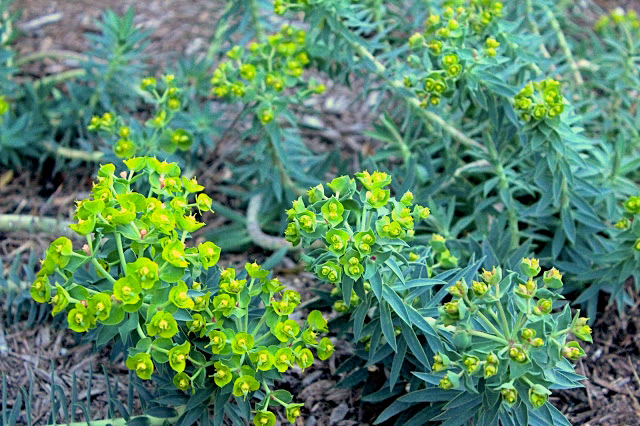
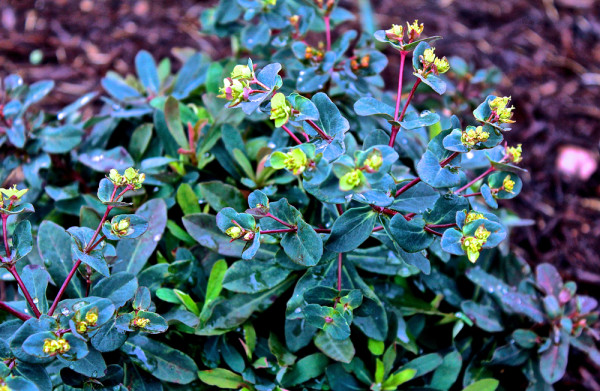
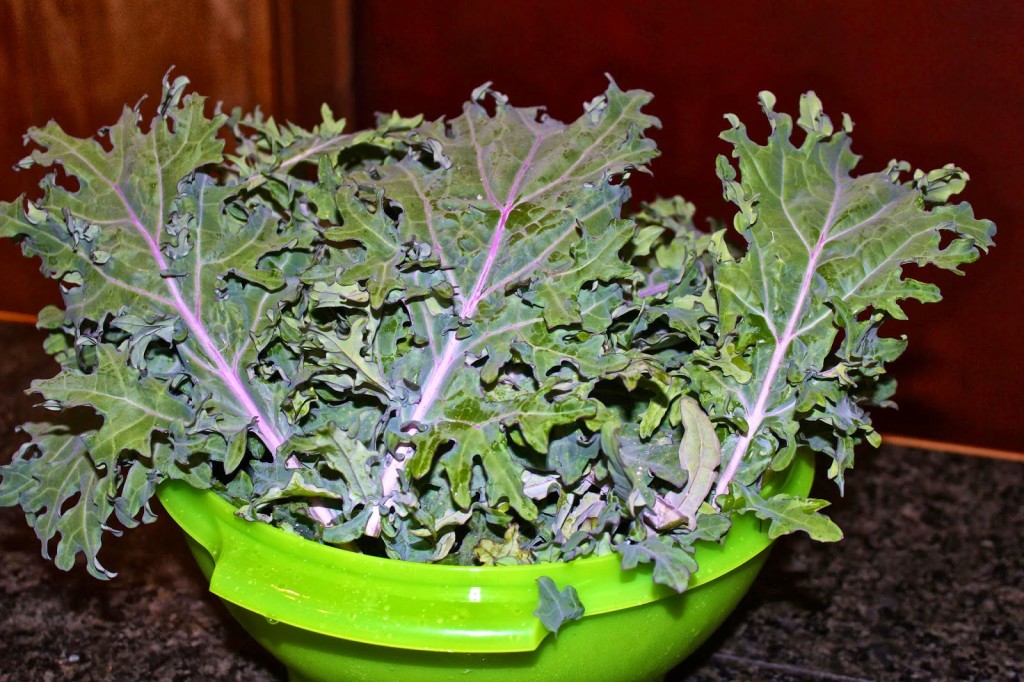

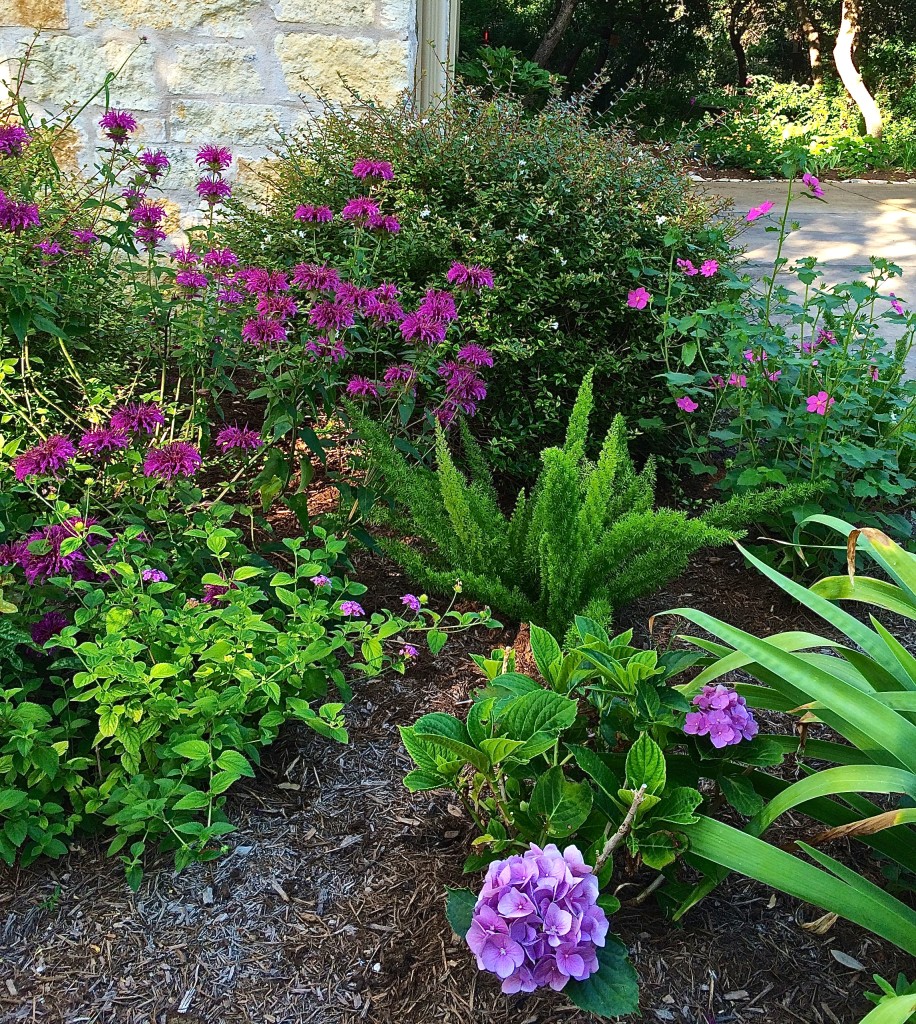
 Sir Isaac Newton developed the first circular diagram of colors – the color wheel – in 1666. His work on color theory provided a logical structure for the relationship between colors.
Sir Isaac Newton developed the first circular diagram of colors – the color wheel – in 1666. His work on color theory provided a logical structure for the relationship between colors.